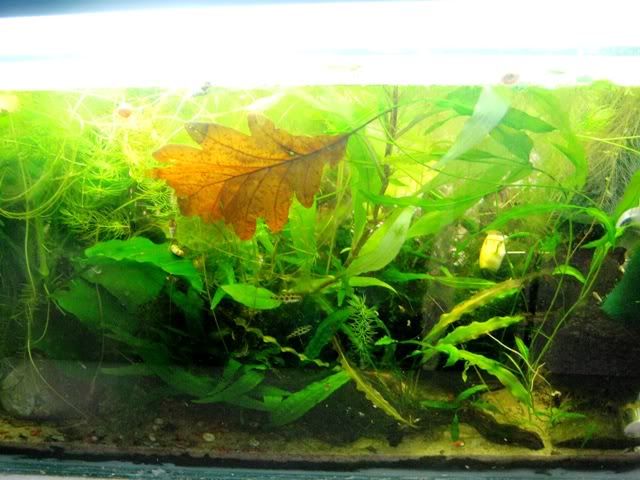Hello,
I want to know how a Apistogramma agassizii looks like. Can my fish for a biotope aquarium stay in the aquarium. My fishs are:
So it looks. But now without Trigostonima heteromorpha.
6,8 pH
10 GH
4 KH
0 Nitrat + Nitrit

I want to know how a Apistogramma agassizii looks like. Can my fish for a biotope aquarium stay in the aquarium. My fishs are:
- 1/1 Apistogramma agassizii
- 1/0 Ancistrus spec.
- 2/8 Poecilia
- 5 Caridinia japonica
So it looks. But now without Trigostonima heteromorpha.
6,8 pH
10 GH
4 KH
0 Nitrat + Nitrit








